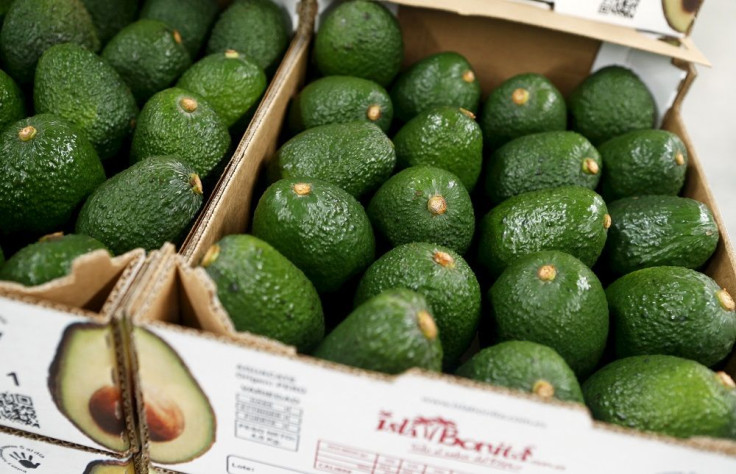40% cut in diabetes medication under diet, exercise programme CSIRO researchers developed

For many diabetics, the cost of maintenance medication could be equally debilitating as the chronic ailment that some patients could not follow the dosage prescribed because of financial limits. In some cases, the cost of filling prescriptions could equal the monthly rental for a flat or amortisation of housing loan.
A new diet and exercise programme, developed by CSIRO researchers, has the potential of cutting medication cost by 40 percent for Type 2 diabetics, according to CSIRO. It recommends an eating pattern very low in carbohydrates and higher in protein and unsaturated fat.
Some of the participants in the study stopped taking medications 100 percent, discloses CSIRO Principal Research Scientist and Associate Professor Grant Brinkworth who describes the study’s results as ground-breaking. Diabetes-related drugs spending reached $490 million, or about one-third of the estimated $1.5 billion spent on diabetes health care in 2008-09.
The study, funded by a $1.3 million grant from the National Health and Medical Research Council, compared low carbohydrate eating pattern with high-unrefined carbohydrate, low-fat diet. The latter is considered the current best practice approach to manage Type 2 diabetes.
University of Adelaide Professor Campbell Thompson explains the improvement in blood cholesterol profile to the very low carbohydrate diet which boosted levels of good cholesterol (HDL) and cut triglyceride levels than the traditional high carbohydrate, low-fat diet approach. But both diets achieved similar reductions in bad cholesterol levels (LDL), which is a concern with some low-carbohydrate diets.
"The variability of blood glucose levels throughout the day is also emerging as a strong independent risk factor for diabetes complications. In our study the very low carbohydrate diet was more effective in reducing the number and levels of blood glucose spikes and dips, flattening the blood glucose profile over a 24-hour period,” Thompson elucidates.

A sample meal plan provided by CSIRO includes 30g Heart breakfast cereal with 100ml skim milk and 1 X Ryvita crispbread topped with grilled tomato and cracked pepper. Lunch would consist of tuna, ricotta and avocado salad made of 60g reduced fat ricotta cheese 100g tine of tuna (in springwater), 1 cup salad veggies and ½ avocado (80g).
For dinner, it would be chicken and almond stir fry made up of 150g raw weigh of lean chicken breast, 2 cups cooked mixed veggies, spices – basil, ginger, chilli and garlic, 10g (or 2tsp) canola oil ad 40g (1/4 cup) chopped almonds. Snacks would consist of 25g of pecan nuts, 100g low fat yogurt and tea or coffee with 100ml of skim milk.
Brinkworth adds that the study indicates the current approaches to managing Type 2 diabetes, which has affected about 800,000 adult Australians, could be outdated and would require revisiting the current dietary guidelines if the government really wants to use latest scientific evidence to cut the impact of diabetes.





















